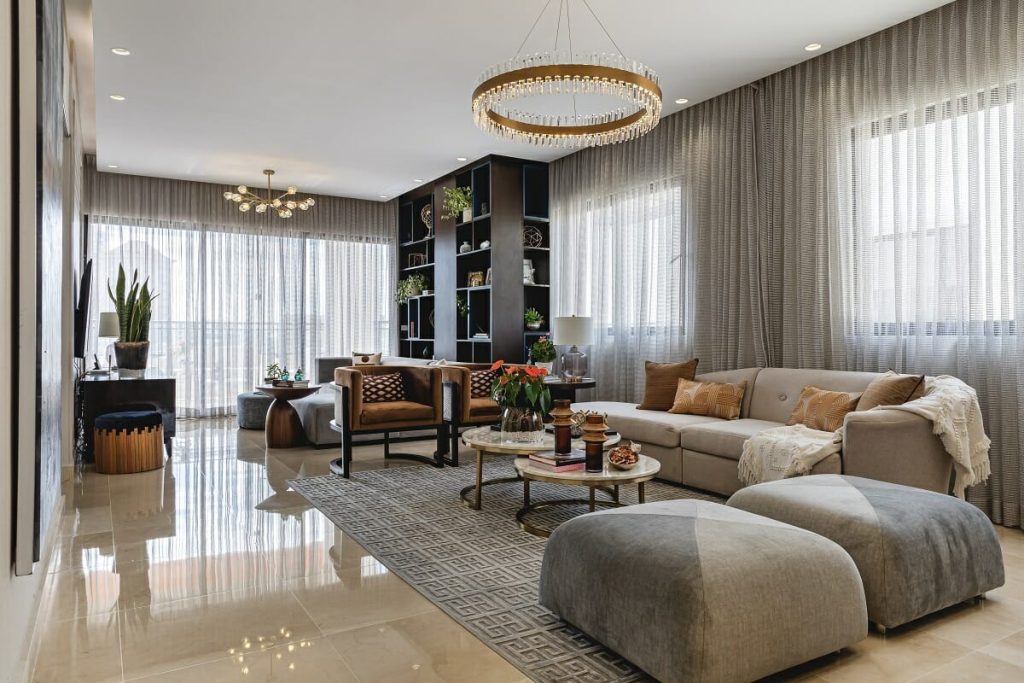Styles, Purpose, and Basics of Interior Design – Interior design is a captivating field that brings together creativity, functionality, and aesthetics to transform spaces into harmonious and appealing environments. In this article, we will delve into the essence of interior design, explore its various styles, uncover its purpose, and understand the fundamentals that drive interior designers.
Defining Interior Design
Interior design is the art and science of modernizing a space’s interior to create an aesthetically pleasing and useful environment. It involves a meticulous process of planning, organizing, and decorating spaces to maximize their potential while considering aspects such as color, lighting, furniture, layout, and more. slot
Exploring Interior Design Styles
Interior design encompasses a variety of styles that cater to different preferences and personalities. Some popular interior design styles include: https://www.mustangcontracting.com/
- Minimalist: Characterized by simplicity, clean lines, and a clutter-free environment.
- Traditional: Embraces classic design elements, rich colors, and ornate details.
- Modern: Focuses on sleek lines, neutral colors, and minimalistic aesthetics.
- Industrial: Incorporates raw materials, exposed structures, and an urban vibe.

Understanding the Purpose of Interior Design
Interior design serves multiple purposes beyond just aesthetics:
- Functionality: Interior design optimizes space to ensure it serves its intended purpose efficiently.
- Enhanced Comfort: Well-designed spaces enhance comfort, contributing to the overall well-being of occupants.
- Visual Appeal: Aesthetically pleasing interiors create a positive atmosphere and leave a lasting impression.
- Reflection of Identity: Interior design can be a reflection of one’s personality, culture, and values.
The Fundamentals of Interior Designers
Becoming a successful interior designer requires a blend of skills and knowledge. Here are the fundamental aspects that interior designers master:
- Creativity: Interior designers use their creativity to envision unique and appealing design concepts.
- Spatial Awareness: Understanding how to optimize space while considering functionality is crucial.
- Color and Lighting: Mastery of color palettes and lighting techniques sets the ambiance of a space.
- Materials and Textures: Knowledge of various materials and textures helps create visual interest.
- Communication Skills: Interacting effectively with clients, architects, and contractors is vital.
- Problem-Solving: Addressing challenges such as space limitations or structural constraints requires innovation.
- Project Management: Successfully executing projects involves time and resource management.
Conclusion
Spaces are given life via interior design, a dynamic fusion of art and science that makes them not only aesthetically pleasing but also practical and pleasant. With various design styles to cater to diverse preferences, interior designers are equipped to create environments that resonate with individuals.
The purpose of interior design goes beyond aesthetics, focusing on functionality, comfort, and identity expression. Aspiring interior designers master a range of skills, from spatial awareness and color theory to effective communication and problem-solving. By understanding the fundamentals of interior design, you gain insight into the creative and strategic processes that shape captivating spaces around the world.